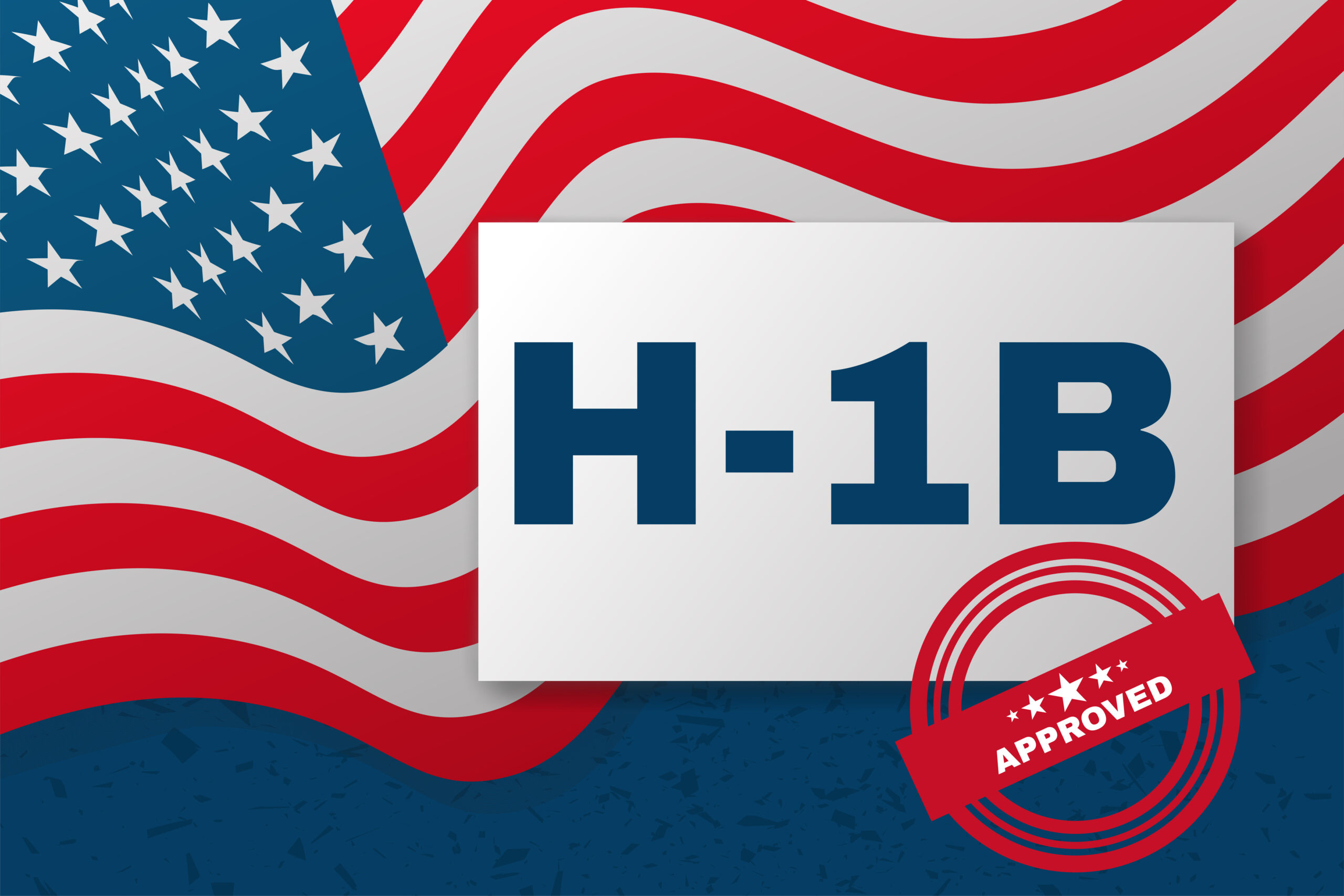Do your current talent acquisition strategies have your business running low on the talent it needs to thrive? Many executives sympathize. In fact, a survey conducted by The Predictive Index found that 37% of CEOs struggle the most with trying to find the right talent.
Current IT hiring conditions leave organizations with traditional avenues of talent acquisition slowed to a crawl or closed off completely. In fact, scarce tech talent, intense competition for active job seekers, and other trends have inflated the average time to hire up to 51 days from start to finish.
In the past, H-1B visas provided some temporary relief to organizations seeking out highly specialized IT skills to complete urgent projects. The continued policies of the United States Citizenship and Immigration Services (USCIS) have limited the effectiveness of the temporary worker visa without providing timely and cost-effective alternative methods for corporations to adequately satisfy their technology needs. How did we get here? And what can your organization do going forward to overcome shortages in the domestic talent pool? Let’s look at the past causes and present conditions of today’s hiring challenges and the most effective strategies for overcoming them.
Tracing Hiring Challenges to the Source
We can follow the thread of the current domestic talent pool shortage back to the early 2000s. That’s when industries outside Silicon Valley began to realize the potential of in-house, tech-related positions for improving their efficiency, insight, and overall performance. Though organizations nationwide benefited greatly from going digital, the increased appetite for hiring high-quality tech professionals quickly exhausted the existing talent pool.
In that time period, more organizations began to leverage H-1B visas as a temporary solution to the shortage. Obtaining H-1B visas for skilled foreign workers filled a vital IT and healthcare talent gap. And, with the increased application filing fee of the American Competitiveness in the 21st Century Act of 2000, more money was earmarked to fund the retraining of American workers in STEM skillsets.
In theory, it was a win-win situation that would address the shortage over time. Yet the number of STEM graduates has been slow to catch up with the demand, putting organizations in a position where they are more reliant on H-1B visa holders.
The H-1B Clampdown
Let’s jump ahead to the present day. Tech unemployment is at a 19 year low. Cybersecurity, data engineering, and other highly skilled IT positions are understaffed. And the number of organizations able to use H-1B visas as a hiring alternative has dwindled through the efforts of the current administration.
In the Buy American and Hire American executive order, the current administration declared their intent to “promote the proper functioning of the H-1B visa program” making it their official policy to “rigorously enforce and administer the laws governing entry into the United States of workers from abroad”. With this executive order as their North Star, the USCIS has justifiably increased scrutiny of H-1B visa applications.
According to USCIS data, denials of H-1B visas have skyrocketed under the current administration. At least 24% of all H-1B petitions from the 2018 and 2019 lottery season were rejected. Of those, a considerable number have been appealed – and even won their case. As many as 142 H-1B rejections were reversed in 2018 compared to the eight that were reversed in 2016, calling into question the subjectivity of what the administration considers proper functioning.
Moreover, the USCIS issued a memorandum on March 31st, 2017 that further impeded the ability of organizations to use H-1B visas to fill IT roles. An agency memorandum from December 22, 2000 had extended H-1b visa eligibility to computer programmers, asserting that their specialized work required a bachelor’s degree or higher. The new guidelines reversed that directive, arguing that a bachelor’s degree wasn’t essential to work in computer programming today. Since then, organizations have encountered much higher hurdles as they attempt to justify their need to hire any foreign national (regardless of seniority and/or niche expertise) for programming roles.
Hiring Top Talent Going Forward
The biggest result of the above decisions has been to close off another avenue for talent acquisition. Though not all organizations regularly used this work visa, H-1B visa challenges have dwindled the options available to talent acquisition teams. Fortunately, the following hiring strategies can help organizations to satisfy their demand for highly skilled technical professionals:
- Pursue more SOW projects – In our experience, more organizations are opting to complete IT projects with statement of work solutions. Positions that would have required hiring in-house specialists for a short-term need are now handled with a contingent worker or workforce. With the right partner, more organizations are completing their objectives while also avoiding hiring costs in the process.
- Adjust hiring criteria – With a limited talent pool, many organizations need to take a realistic look at their job descriptions. Are their expectations practical or a bout of wishful thinking? Before searching for your next hire, evaluate market demand and the highest paying technical skills. Our 2019 IT Salary Guide is an excellent starting point for organizations looking to shorten their hiring time while still finding the right fit for their open positions.
- Source from alternative talent pools – What about taking some inspiration from the American Competitiveness Act and looking into non-traditionally retrained workers? It’s more common for tech professionals to gain experience outside of the framework of higher education. Rigorous bootcamps are immersing future software and app developers in programs that foster skills with Python, Ruby, UI/UX Design, Data Science, and other IT disciplines. Additionally, innovative programs like Apprenti, Grand Circus, and c.stars provide training to driven, smart people who lack access to traditional technical education, creating a passionate and skilled IT workforce to satisfy talent shortages.
Want to stay ahead of the H-1B visa challenges and other talent acquisition headaches? Reach out to our team to find the forward-thinking strategies that improve the quality of your next hire.
Related Articles
Why AI Won’t Replace Your Need for Skilled Staffing and Recruiting Partners
How to Maximize the ROI of Your Contingent Workforce Management
4 Problems Effective Contingent Workforce Management Fixes
[/fusion_builder_column][/fusion_builder_row][/fusion_builder_container]

